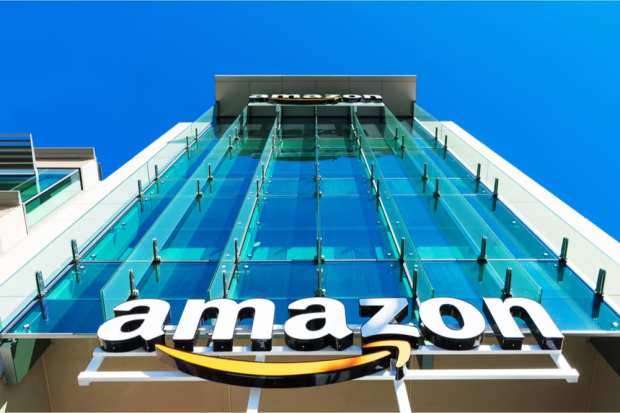SMBs Face Urgent Choices As Prime Day Looms

There is no Black Friday. There is now Black Tuesday. That’s one way to look at Oct. 13 and 14 in this year of unpredictable and unprecedented retail happenings. Just one week after Amazon officially announced its Prime Day would start Tuesday, Oct. 13, Target and Walmart have countered with their own events. While the bigger retailers can draft some momentum from the event, the issue of how small and medium-sized businesses (SMBs) can compete has never been more urgent.
Unless a retailer is part of the Big Six (Amazon, Walmart, Lowe’s, The Home Depot, Target and Costco) or on the cusp (Best Buy, TJX) the choices are simple: compete or don’t compete. There are several schools of thought on this and they involve two of retailing’s toughest strategies: how to compete with Amazon and how to compete with the deep discounts that will mark what is fast becoming a midweek kickoff to the most important holiday selling season since the financial crisis.
Option One is don’t compete. That doesn’t mean to go dark for October, it means retailers should find their own way to counterprogram. For SMBs and especially specialty stores, there’s always a reason customers liked you before the pandemic, and during it. Maybe it’s inventory specialization. Maybe it’s a positive in-store experience. Maybe it’s a sense of loyalty. Whatever it is, retailers should play their strong cards as they face a two-day period in which the sales and attention odds are stacked against them.
“Amazon has a ‘winner-takes-all’ approach to sales,” says social media and retail commentator Neil Patel. “They want to sell every product in every category. If you think about it, their ‘niche’ is really a lack of a niche. They sell to everyone. But you can’t do that. You simply can’t appeal to the wide audience that Amazon does with their vast selection of products. So what can you do instead? Do just the opposite: sell within a niche. Just like you can’t appeal to the wide audience that Amazon markets to, Amazon can’t satisfy every need in every niche. That’s where you have an opportunity to fill in the gaps.”
Not competing means accepting that a retailer cannot compete on price unless that retailer has access to economies of scale. That also means holding the line on pricing. With the digital-first economy it’s even more important to calculate shipping and operational costs into an order. Couple this with the aggressive nature of today’s retail marketplace and it’s not advisable for SMBs to compete on price.
“You’ll likely never achieve the economies of scale that Amazon enjoys. So a smart strategy is to not compete at all on pricing. Rather than race to the bottom on prices, add value by offering unique products that are hard to find anywhere else,” says eCommerce blog Scalefast. “For instance, you could offer exclusive, limited-quantity products or collector’s items that are only available to your members. Or, you could offer special product upgrades, bundles, or customizations that can only be found on your online store. Other tactics include enabling a mix of digital and physical products, pre-orders, or bonuses for high-ticket purchases.”
Scalefast recommends an example of this with Huckberry, an outdoor gear and apparel eCommerce retailer. It requires visitors to sign up to browse and purchase products. But it makes the effort worthwhile by offering exclusive items afterward.
Maybe the only place for SMBs to reliably take advantage is in data. SMBs have a more intimate relationship with their customers that bigger retailers. If Oct. 13 becomes a day to use the database to stay in touch, communicate upcoming promotions and even tease Small Business Saturday, it could be a good way to be present and accounted for on Prime Day.